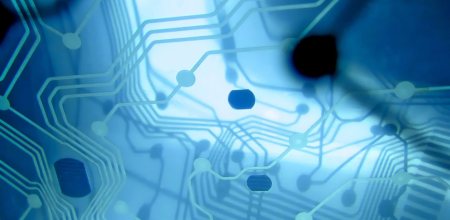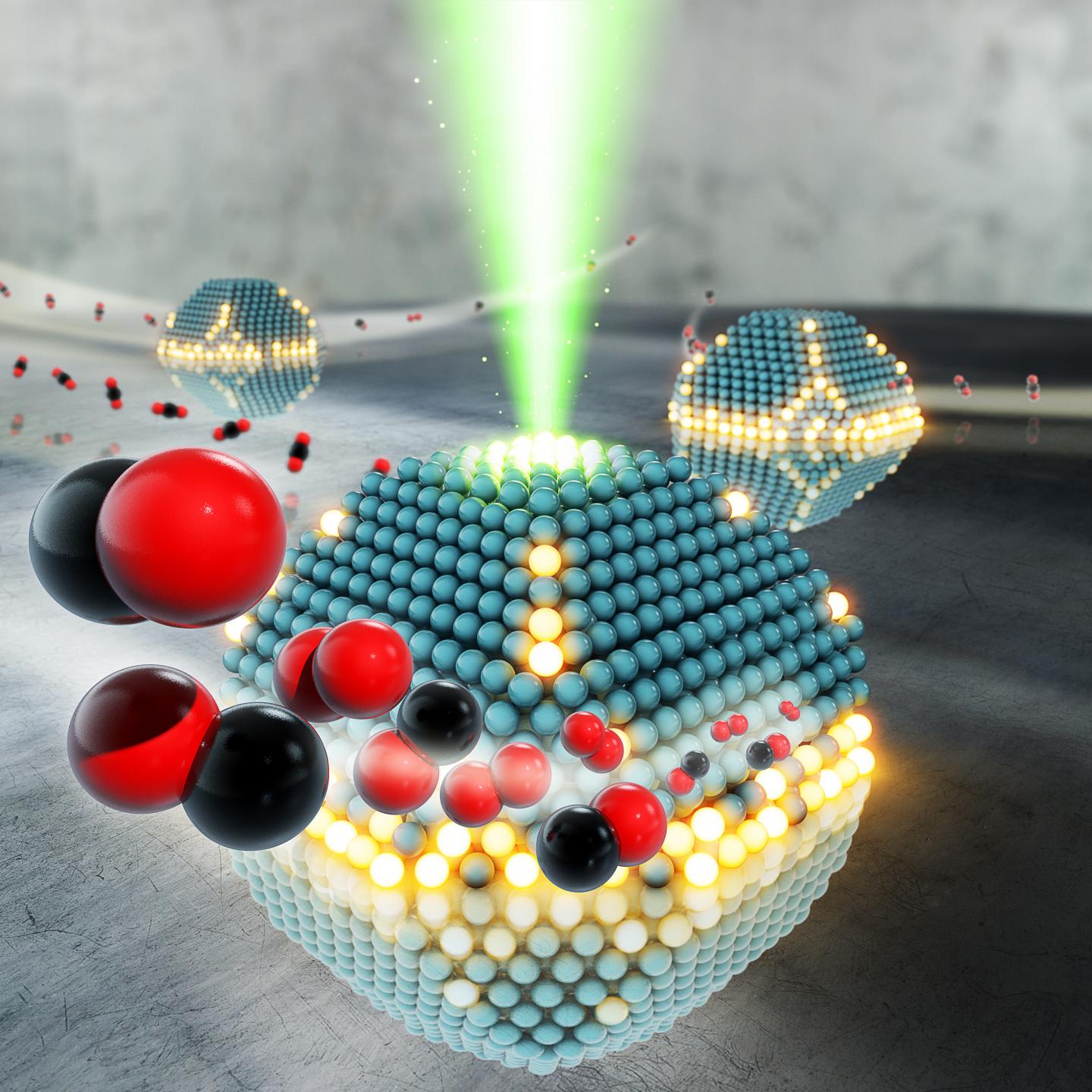Nano Assembler Nano Assembler Microsystems and Nanosystems and Scanning Nano Lithography PhD Nano _ Microelectronics
Researcher and author: Dr. ( Afshin Rashid)
Note: Many microsystems and nanosystems require precise nanoscale patterns that exhibit intrinsic performance, such as some electronic, photonic, chemical, and mechanical properties. To make these nanoscale patterns, electron beam lithography is the most common lithographic technique without direct writing and without mask.
Scanning Nano Lithography requires complex electron-compatible light to focus the electron beam at a point a few nanometers away. Another issue is electron scattering, a kind of proximity effect on the sample surface, which leads to exposure to additional undesired resistances that must be corrected by intensive computational algorithms. Scanning Nano Lithography is another method of direct nano-lithography writing, in which patterns are created by scanning a nanometer-sharp spot on a sample for local variation. Sample and sample interactions are numerous and can include mechanical, electrical, diffusion, and thermal effects.
The nano-assembler actually makes it possible to make a machine or mechanical structure similar to its own. When a complete nanoassembler is available, almost anything is possible, and this is the most important and greatest achievement of nanotechnology. At the macromolecular scale, making a copy is much easier than making a machine that can copy itself, but at the molecular level this is reversed; That is, building a machine that can copy itself makes the job many times easier for us than building another machine, and this is the most important application of a nano-assembler. In this regard, the move from micro-scale to nano creates new possibilities and capabilities for electromechanical systems. However, downsizing machines to the nanoscale has allowed the evolution of nano-electromechanical systems to be slow.One of the goals of nanotechnology is advances in electronics and computer science, to build more capable, and less expensive, memory and chips, and achieving these goals will eliminate many of the shortcomings of machines. Especially memory and assemblers, which will be a huge revolution in the electronics industry in the field of nanotechnology. Nanoelectronic self-assembly technology is considered as one of the top technologies in the world. Today, increasing data storage capacity, increasing its transfer speed and reducing the size of electronic devices, especially transistors, is very important because reducing the size of electronic devices, in addition to increasing processing speed, also reduces power consumption and nanoelectronics. It can be helpful in reaching the smallest dimensions. In order to become more familiar with this technology and to understand more deeply the various phenomena that occur in nanometer dimensions, and as a result of accurate analysis of results and fundamental modification of self-assembly methods, its purpose is to produce new sample properties and appearance. Another goal is to design and fabricate components that take advantage of the capabilities of quantum mechanics. Quantum computers and their realization are other goals. In fact, it can be said that the better understanding of particle self-assembly methods for designing complex structures to perform tasks is predetermined.
Many microsystems and nanosystems require precise nanoscale patterns that exhibit intrinsic performance, such as some electronic, photonic, chemical, and mechanical properties. To make these nanoscale patterns, electron beam lithography is the most common lithographic technique without direct writing and without mask.
Researcher and author: Dr. ( Afshin Rashid)
PhD in Nano-Microelectronics




